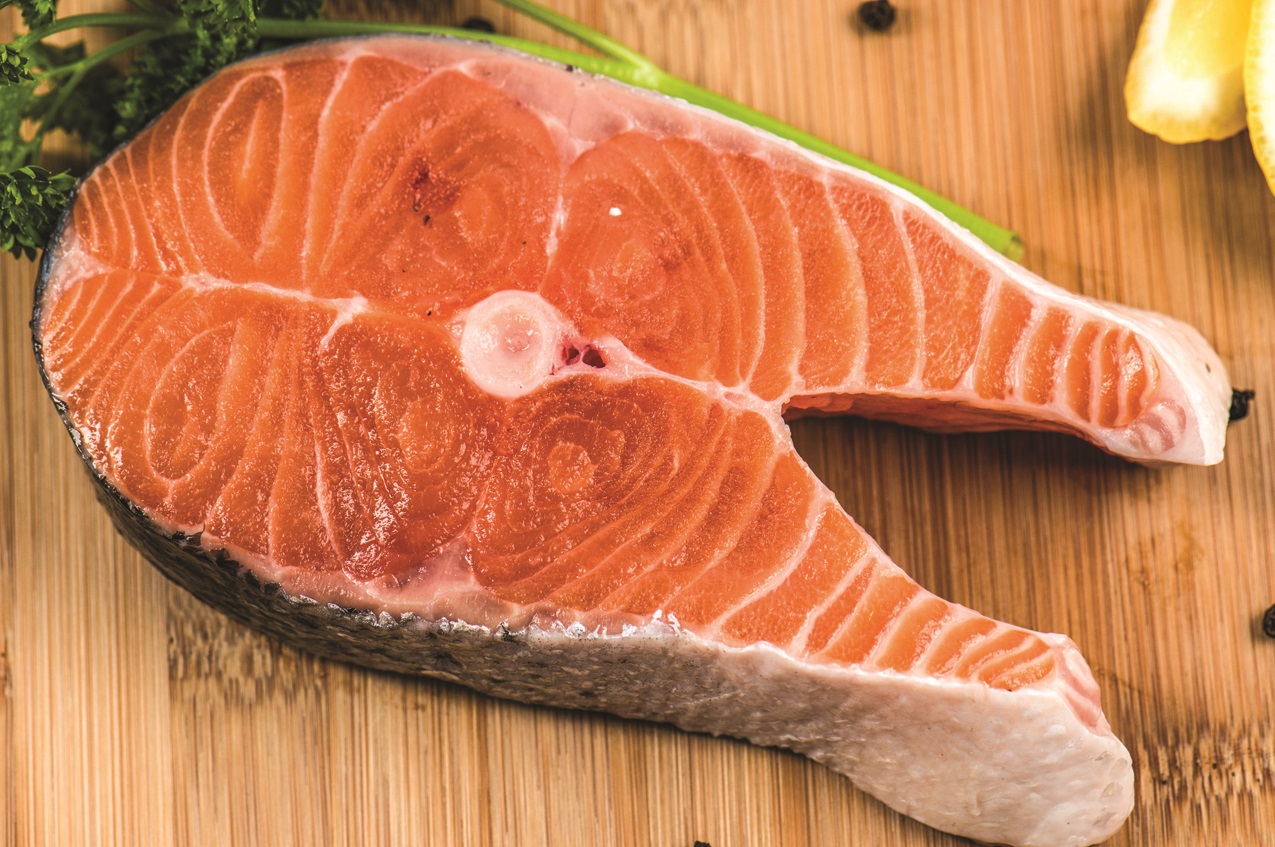The Valley Chronicle - Good & Bad proteinsng
Good & Bad proteins
·
3 min read
[caption id="attachment_16656" align="aligncenter" width="1275"] Metro Service
Metro Service
One food type that has remained off the bad foods radar for quite some time is protein. But even seemingly infallible protein should be eaten in moderation, and even then only if the right sources of protein are selected[/caption] Determining the nutritional value of certain foods can be a tricky business. Many foods can be enjoyed in moderation, and labeling them as “good” or “bad” might lead to negative connotations. In addition, food labels change from time to time as nutritionists and doctors learn more about nutrition and revise their opinions on certain items. One food type that has remained off the bad foods radar for quite some time is protein. But even seemingly infallible protein should be eaten in moderation, and even then only if the right sources of protein are selected. Protein, an essential building block of good nutrition, is found throughout the body and makes up the enzymes that power many chemical reactions. Protein helps fuel the hemoglobin in the blood that carries oxygen throughout the body. The Institute of Medicine recommends that adults get a daily minimum of eight grams of protein for every 20 pounds of body weight, with a maximum of 16 grams for women over the age of 19 and 56 grams for men. Too often, however, people are overloading on protein because they think it’s a better option than carbohydrates and other food sources. But not all protein is the same. Protein that comes from animal sources offer all of the amino acids a body needs. Unfortunately, some animal-based protein sources are less healthy than others because they also contain saturated fat. Consuming too much saturated fat may contribute to elevated levels of low-density lipoprotein (LDL), or “bad,” cholesterol in the blood, which could lead to the formation of plaque in arteries, limiting blood flow and increasing the risk of heart disease. Examples of saturated fatty foods are red meats and whole-milk products. The key when consuming protein is to find the right balance in protein sources. Fruits, vegetables, grains, nuts and seeds offer many of the required essential amino acids. The rest can be obtained by choosing smarter animal-based protein sources. Salmon and other fatty fish are good sources of protein and omega-3 fatty acids (heart-healthy fats) and are generally low in sodium. One cup of boiled lentils provides 18 grams of protein and ample fiber, plus they have virtually no saturated fat. In addition to the above, other excellent choices for healthy protein sources are: - Salmon: Wild salmon may have greater nutritional value than farmed salmon thanks to the more diversified diet consumed by wild salmon. - Chicken: Chicken is generally lower in saturated fat than other animal protein sources. Opt for pasture-raised chicken for the greatest nutritional punch. - Greek yogurt: Greek yogurt provides ample protein and can contribute to feelings of fullness, making it a more worthy snack than less-healthy snacking alternatives. - Shellfish: Shellfish includes clams, oysters, mussels, and snails. Shellfish are sources of animal protein that also happen to be full of iron, zinc, omega-3 fatty acids and other nutrients. Variety is the spice of life when it comes to protein sources. Be sure to eat different foods to ensure your body gets all the nutrients it requires. -Metro Service
 Metro Service
Metro ServiceOne food type that has remained off the bad foods radar for quite some time is protein. But even seemingly infallible protein should be eaten in moderation, and even then only if the right sources of protein are selected[/caption] Determining the nutritional value of certain foods can be a tricky business. Many foods can be enjoyed in moderation, and labeling them as “good” or “bad” might lead to negative connotations. In addition, food labels change from time to time as nutritionists and doctors learn more about nutrition and revise their opinions on certain items. One food type that has remained off the bad foods radar for quite some time is protein. But even seemingly infallible protein should be eaten in moderation, and even then only if the right sources of protein are selected. Protein, an essential building block of good nutrition, is found throughout the body and makes up the enzymes that power many chemical reactions. Protein helps fuel the hemoglobin in the blood that carries oxygen throughout the body. The Institute of Medicine recommends that adults get a daily minimum of eight grams of protein for every 20 pounds of body weight, with a maximum of 16 grams for women over the age of 19 and 56 grams for men. Too often, however, people are overloading on protein because they think it’s a better option than carbohydrates and other food sources. But not all protein is the same. Protein that comes from animal sources offer all of the amino acids a body needs. Unfortunately, some animal-based protein sources are less healthy than others because they also contain saturated fat. Consuming too much saturated fat may contribute to elevated levels of low-density lipoprotein (LDL), or “bad,” cholesterol in the blood, which could lead to the formation of plaque in arteries, limiting blood flow and increasing the risk of heart disease. Examples of saturated fatty foods are red meats and whole-milk products. The key when consuming protein is to find the right balance in protein sources. Fruits, vegetables, grains, nuts and seeds offer many of the required essential amino acids. The rest can be obtained by choosing smarter animal-based protein sources. Salmon and other fatty fish are good sources of protein and omega-3 fatty acids (heart-healthy fats) and are generally low in sodium. One cup of boiled lentils provides 18 grams of protein and ample fiber, plus they have virtually no saturated fat. In addition to the above, other excellent choices for healthy protein sources are: - Salmon: Wild salmon may have greater nutritional value than farmed salmon thanks to the more diversified diet consumed by wild salmon. - Chicken: Chicken is generally lower in saturated fat than other animal protein sources. Opt for pasture-raised chicken for the greatest nutritional punch. - Greek yogurt: Greek yogurt provides ample protein and can contribute to feelings of fullness, making it a more worthy snack than less-healthy snacking alternatives. - Shellfish: Shellfish includes clams, oysters, mussels, and snails. Shellfish are sources of animal protein that also happen to be full of iron, zinc, omega-3 fatty acids and other nutrients. Variety is the spice of life when it comes to protein sources. Be sure to eat different foods to ensure your body gets all the nutrients it requires. -Metro Service
S
